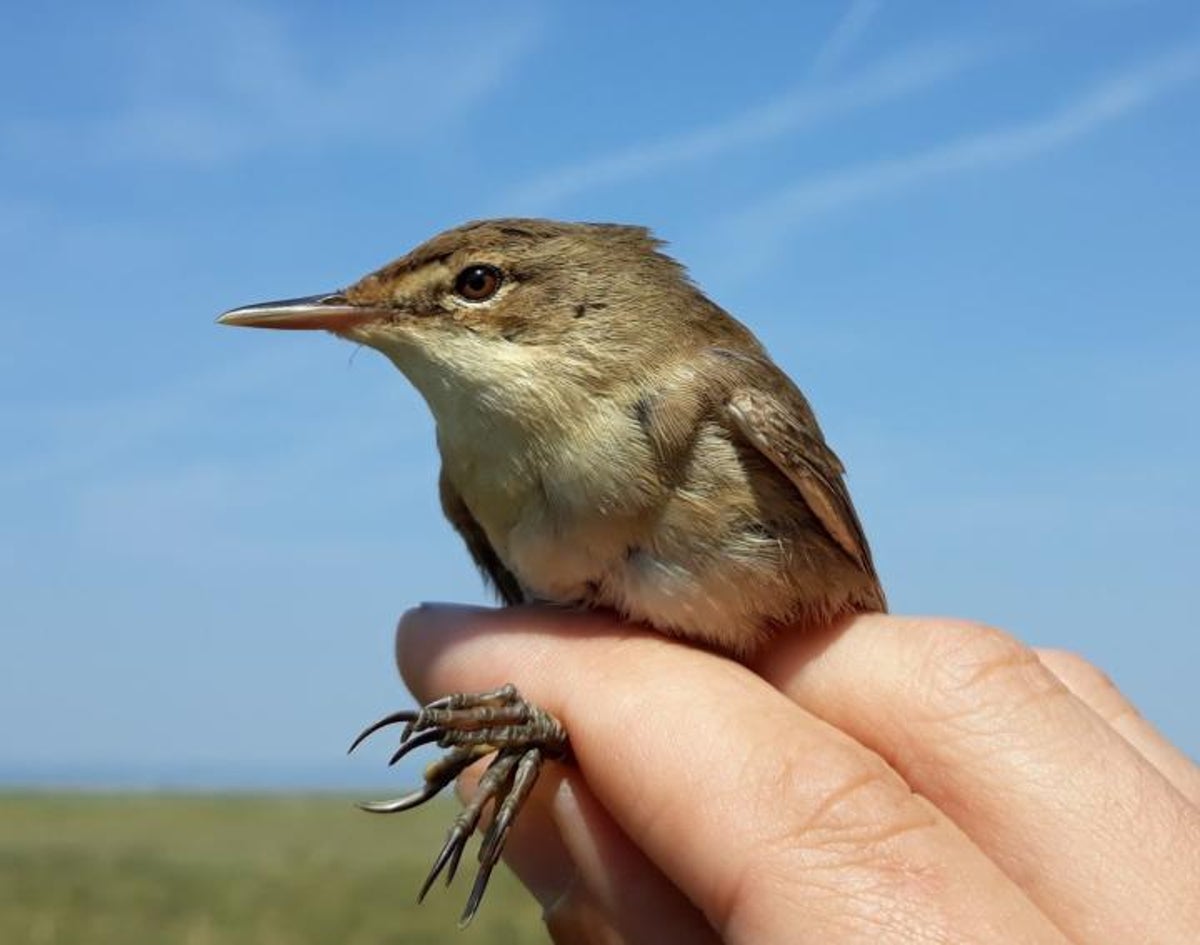Sixth sense more prevalent in animals than previously thought – study

The ability of some animals to sense the magnetic field around them may be more widespread than previously thought, according to a new study.
Magnetoreception, as this sixth sense is called, is more difficult to detect in animals than the familiar five senses of vision, smell, hearing, touch and taste, said researchers, including those from the University of Manchester in the UK.
In the new study, published on Wednesday in the journal Nature, scientists assessed how fruit flies sense and respond to magnetic fields in their environment by altering their gene activity.
Researchers found for the first time that a molecule present in all living cells, called flavin adenine dinucleotide (FAD), can impart magnetic sensitivity when present in high amounts.
While species such as the monarch butterfly, pigeon and turtle are already known to use the Earth’s magnetic field to navigate long distances, scientists said the new discovery suggested molecules enabling animals to sense magnetic fields are likely present in more living organisms.
“How we sense the external world, from vision, hearing, through to touch, taste and smell, are well understood. But by contrast, which animals can sense and how they respond to a magnetic field remains unknown,” said study co-author Richard Baines from the University of Manchester.
“This study has made significant advances in understanding how animals sense and respond to external magnetic fields – a very active and disputed field,” Dr Baines said.
One of the hurdles in determining how organisms detect magnetism is because magnetic fields generally carry very little energy unlike photons of light or sound waves used by the other senses.
To get around this, animals use quantum physics and a light-sensitive protein called cryptochrome.
“The absorption of light by the cryptochrome results in movement of an electron within the protein which, due to quantum physics, can generate an active form of cryptochrome that occupies one of two states,” explained study co-author Alex Jones, a quantum chemist from the National Physical Laboratory.
“The presence of a magnetic field impacts the relative populations of the two states, which in turn influences the ‘active-lifetime’ of this protein,” Dr Jones added.
The new study found cells continue to ”sense” magnetic fields when only a very small fragment of cryptochrome is present.
“That shows cells can, at least in a laboratory, sense magnetic fields through other ways,” said Adam Bradlaugh, another author of the study.
The basic molecule, FAB, present in all cells can impart magnetic sensitivity at high enough amounts, without any part of cryptochromes being present, the new research found.
“This molecule – flavin adenine dinucleotide – is the light sensor that normally binds to cryptochromes to support magnetosensitivity,” Dr Bradlaugh explained.
This new understanding of the molecular process behind cells sensing magnetic fields can help shed more light on how environmental factors – such as noise from telephone lines – may impact animals that rely on a magnetic sense to survive.
The findings also provide a clue on the evolutionary origins of magnetoreception.
“Because FAD and other components of these molecular machines are found in many cells, this new understanding may open new avenues of research into using magnetic fields to manipulate the activation of target genes,” said Ezio Rosato, another author of the study.
“That is considered a holy grail as an experimental tool and possibly eventually for clinical use.”
For all the latest Science News Click Here
For the latest news and updates, follow us on Google News.

